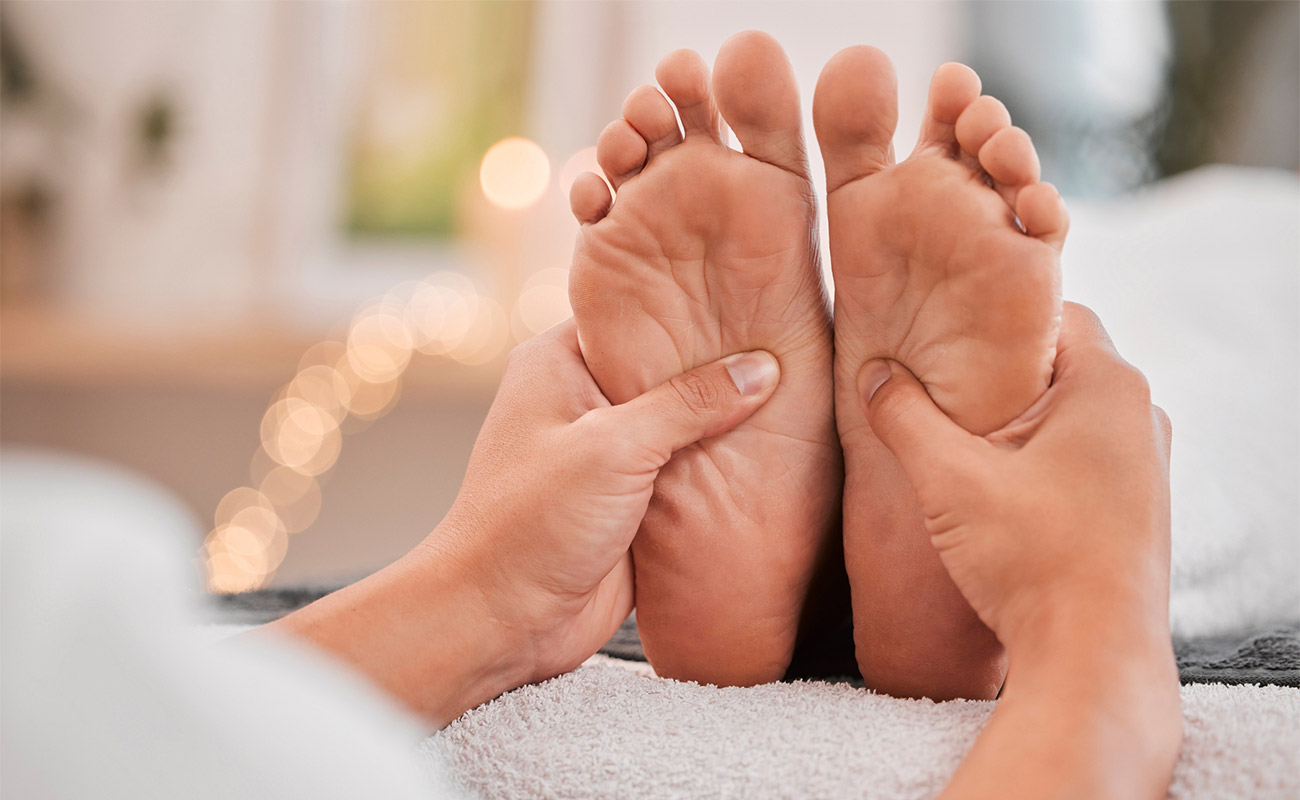
In the world of natural medicine and alternative healing practices, reflexology sticks out as a progressively popular and remarkable technique. This ancient practice, rooted in the idea that particular factors on the feet, hands, and ears correspond to various body organs and systems of the body, has been acquiring grip in the Western globe as a corresponding treatment for various health concerns.
Understanding the Foundations of Reflexology Reflexology is based on the principle that there are response areas in the feet and hands that are connected to all parts of the body. Specialists think that using pressure to these details points can promote health in the corresponding body organs via power paths. While the precise devices are not completely comprehended by modern-day science, several individuals report substantial benefits from reflexology sessions.
The theory behind reflexology recommends that the body is divided right into 10 vertical zones, each representing toes and fingers. By using pressure to certain factors within these zones, reflexologists aim to launch obstructed energy and advertise recovery.
The Historical Journey of Reflexology The beginnings of reflexology can be traced back hundreds of years. Ancient Egyptian tomb paints dating back to 2330 BC illustrate what appears to be foot and hand massage. In a similar way, traditional Chinese medication has long acknowledged the link in between pressure factors and the body’s overall wellness. Contemporary reflexology as we understand it today was established in the very early 20th century by Dr. William Fitzgerald and later on fine-tuned by Eunice Ingham, usually referred to as the “mom of reflexology.”
The Reflexology Process: What to Expect A regular reflexology session begins with an appointment where the practitioner talks about the client’s wellness background and current problems. The client after that eliminates their socks and footwear and rests easily or relaxes. Utilizing their hands, fingers, and often little tools, the reflexologist uses differing degrees of pressure to particular factors on the ears, hands, or feet.
The session typically lasts between 30 to 60 minutes, throughout which clients typically report sensation deeply kicked back. 秋葉原 in various other parts of their body as various points are stimulated, which reflexologists translate as energy relocating through the body.
Prospective Benefits of Reflexology While scientific research on reflexology is recurring, numerous individuals report a variety of take advantage of normal sessions. These might consist of:
Reduced anxiety and stress and anxiety Improved blood circulation Enhanced rest top quality Relief from headaches and migraines Alleviation of gastrointestinal problems Boosted power levels Support for hormone equilibrium It’s essential to keep in mind that reflexology is normally considered a complementary treatment and ought to not change traditional clinical therapies. However, lots of find it a valuable enhancement to their total health regimen.
Reflexology in Modern Healthcare As interest in holistic wellness techniques expands, reflexology is discovering its place in various medical care settings. Some health centers currently supply reflexology as part of their integrative medicine programs, especially for patients taking care of persistent pain, cancer-related signs, or anxiety. Many medical spas and health centers additionally include reflexology in their solution offerings, acknowledging its potential for stress relief and relaxation.
Research released in the Journal of Complementary and standard Medicine recommends that reflexology may work in decreasing discomfort and enhancing leisure, making it an appealing complementary therapy for various problems.
Do It Yourself Reflexology: Self-Care at Home While professional sessions can be valuable, some basic reflexology techniques can be practiced at home. Easy foot rolls using a tennis ball or reflexology tools can help promote factors on the feet. Lots of people discover this an enjoyable way to relax at the end of the day or to ease foot discomfort from standing for long periods.
The Future of Reflexology As a lot more study is carried out, reflexology might get more recognition in the clinical community. Existing researches are discovering its possible applications in pain monitoring, stress and anxiety decrease, and even as a supportive treatment for people undertaking cancer therapy. The non-invasive nature of reflexology, incorporated with its prospective to advertise relaxation and total health, makes it an eye-catching alternative for those seeking all-natural strategies to health care.
Whether deemed a science-based therapy or an all natural art form, reflexology uses a distinct strategy to understanding and supporting the body’s all-natural recovery procedures. As we remain to check out the elaborate connections between various components of our body, techniques like reflexology advise us of the power of touch and the possibility for recovery that lies within our own hands and feet.
Comprehending the Foundations of Reflexology Reflexology is based on the principle that there are reflex areas in the feet and hands that are linked to all components of the body. Modern-day reflexology as we understand it today was created in the very early 20th century by Dr. William Fitzgerald and later refined by Eunice Ingham, usually referred to as the “mother of reflexology.”
The Reflexology Process: What to Expect A normal reflexology session starts with an appointment where the professional reviews the client’s wellness history and current worries. Reflexology in Modern Healthcare As rate of interest in holistic wellness methods expands, reflexology is discovering its area in numerous medical care settings. Do It Yourself Reflexology: Self-Care at Home While professional sessions can be beneficial, some fundamental reflexology strategies can be exercised at home.